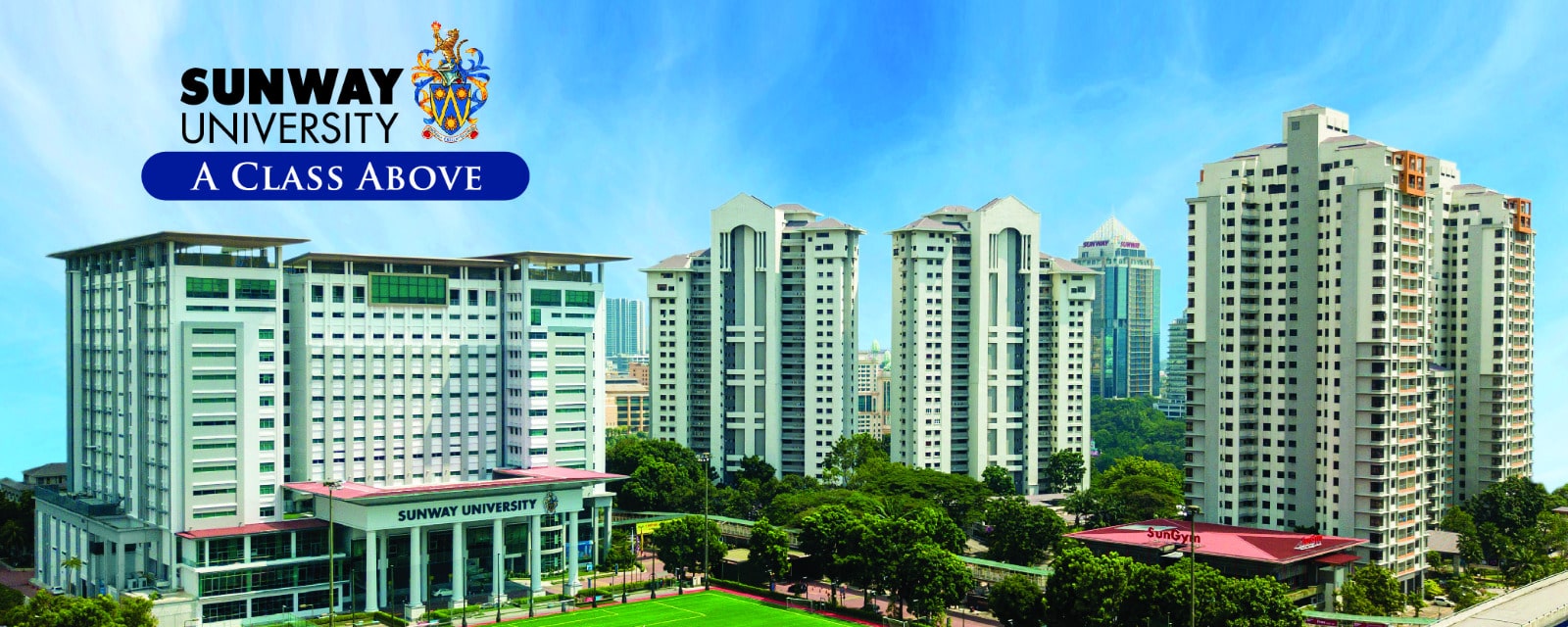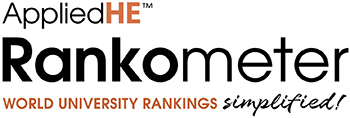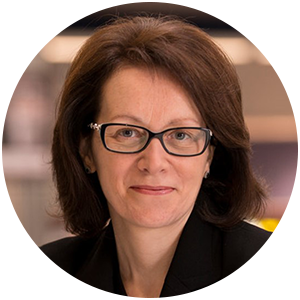
Analysis
The second edition of the AppliedHE Rankometer World University Rankings presents an opportunity to compare the state of global higher education today to the state of global higher education in January 2021, when the first edition of the AppliedHE Rankometer was published.
The two editions of Rankometer are used to answer three questions:
- What has changed among the top 10 universities worldwide and in Asia?
- Which universities are new to Rankometer in 2022?
- How are the universities of different countries doing in Rankometer 2022, compared to 2021?
Changes in the Top 10
The Rankometer list of top 10 universities worldwide is relatively stable, and continues to be dominated by well-known universities in the United States and the United Kingdom. New in the top-10 list in 2022 is Columbia University, while the California Institute of Technology (CalTech) drops to 12th place.
| Ranko Rank | University | Country |
|---|---|---|
| 1 | Harvard University | United States |
| 1 | Massachusetts Institute of Technology | United States |
| 3 | Stanford University | United States |
| 4 | University of Oxford | United Kingdom |
| 5 | University of Cambridge | United Kingdom |
| 6 | University of California, Berkeley | United States |
| 7 | Princeton University | United States |
| 8 | Yale University | United States |
| 9 | Columbia University | United States |
| 9 | University of Chicago | United States |
In Asia meanwhile, the top 10 shows the continued strong performance of universities in China (Mainland), Hong Kong and Singapore. Two Hong Kong institutions exit the top-10 in 2022, City University of Hong Kong and Hong Kong University of Science and Technology. The Polytechnic University of Hong Kong and Shanghai Jiao Tong University are new entrants in 83rd and 105th place. Asia’s top university, Tsinghua University, rises from 26th to 24th place in 2022.
| Ranko Rank | University | Country |
|---|---|---|
| 24 | Tsinghua University | China (Mainland) |
| 28 | National University of Singapore | Singapore |
| 33 | Nanyang Technological University | Singapore |
| 54 | Chinese University of Hong Kong | Hong Kong SAR |
| 59 | Peking University | China (Mainland) |
| 59 | University of Hong Kong | Hong Kong SAR |
| 71 | University of Science and Technology of China | China (Mainland) |
| 80 | Zhejiang University | China (Mainland) |
| 83 | Hong Kong Polytechnic University | Hong Kong SAR |
| 105 | Shanghai Jiao Tong University | China (Mainland) |
New to Rankometer
The 2022 edition of the AppliedHE Rankometer World University Rankings has 26 new institutions. Among the new institutions are three notable entrants, Ulsan National Institute of Science and Technology (UNIST, 250th), University of Victoria, Canada (UVic, 262nd), and Beijing University of Chemical Technology (BUCT, 361st). These institutions enter Rankometer in a very high position, whereas most other entrants (and exits) take place in the 400-500 ranking range.
UNIST is one of the four public universities in South Korea which are dedicated to research in science and technology, along with KAIST (167th), GIST, and DGIST. UNIST was founded in 2007 in response to growing demand for higher education in the city of Ulsan, which is home to a large automotive (Hyundai Motor), shipbuilding (Hyundai Heavy Industries) and petrochemical industry (SK Energy).
UVic was erroneously excluded from Rankometer 2021 due to confusion about its name, which is similar to “Victoria” universities in Australia (484th) and New Zealand (468th).
UVic is a public research university located in the municipalities of Oak Bay and Saanich, British Columbia, Canada. The university traces its roots to Victoria College, the first post-secondary institution established in the province of British Columbia in 1903.
BUCT, colloquially known in Chinese as Beihua (北化, Běihuà) or Huada (化大, Huàdà), is a public technological university in mainland China. BUCT was founded in 1958 and is a part of the Ministry of Education. Is it a member university of the Double First Class University Plan and Project 211, and has developed into a comprehensive university, with a curriculum including liberal arts.
An overview of the 10-highest ranked new entrants to Rankometer 2022 are shown below.
| Ranko Rank | University | Country |
|---|---|---|
| 250 | Ulsan National Institute of Science and Technology | South Korea |
| 262 | University of Victoria | Canada |
| 361 | Beijing University of Chemical Technology | China (Mainland) |
| 387 | Heinrich Heine University Düsseldorf | Germany |
| 410 | University of Alaska Fairbanks | United States |
| 419 | Colorado School of Mines | United States |
| 430 | Auckland University of Technology | New Zealand |
| 430 | University of Perugia | Italy |
| 440 | New Jersey Institute of Technology | United States |
| 442 | Tampere University | Finland |
Other new entrants from Asia and Africa include: Sejong University (462nd), University of Johannesburg (491st), Amirkabir University of Technology (492nd), East China University of Science and Technology (495th) and Waseda University (500th).
Country-level Analysis
Although the AppliedHE Rankometer World University Rankings ranks at the level of individual universities, it also provides some insight into the performance of national higher education systems.
Below are some indicators for countries with 10 or more universities in Rankometer, which is in itself, a notable achievement. There are now 12 countries with more than 10 institutions in Rankometer, the latest addition being South Korea, which had only 8 Rankometered-universities in 2021 and has 2022 as of July 2022.
Canada, China (Mainland), Japan, South Korea and Spain saw an increase in universities among the world’s top 500, while Germany and the United States saw a decline.
Countries seeing a 10-place improvement or more in the average Rankometer ranking of their universities (shown by a negative figure in the Average Ranko July 2022 column) are Australia, Canada, China (Mainland) and France.
Countries seeing a 20-place decline or more in the average Rankometer ranking of their universities (shown by a positive figure) are Japan, South Korea, Spain and the United States.
However global higher education systems are complex: an increase in the number of universities among the Rankometer top-500 can lead to a decline in the average Ranko rank due these universities likely entering in the lower tiers of the ranking (typically 400th or below).
China (Mainland) is a notable exception to this phenomenon, showing both an increase in universities in Rankometer and average Ranko Rank. The question is: will this trend continue
| Country | No. of Universities (Jan 2021) | No. of Universities (July 2022) | Average Ranko (Jan 2021) | Average Ranko (July 2022) |
|---|---|---|---|---|
| Australia | 29 | 29 | 222 | 208 (-14) |
| Canada* | 21 | 22 (+1) | 231 | 243 (-12) |
| China (Mainland) | 42 | 44 (+2) | 293 | 281 (-12) |
| France | 14 | 14 | 279 | 289 (-10) |
| Germany | 38 | 36 (-2) | 261 | 262 (+1) |
| Italy | 21 | 21 | 316 | 325 (+9) |
| Japan | 11 | 12 (+1) | 292 | 315 (+23) |
| Netherlands | 13 | 13 | 131 | 127 (-4) |
| South Korea | 8 | 10 (+2) | 271 | 291 (+20) |
| Spain | 13 | 14 (+1) | 328 | 363 (+35) |
| United Kingdom | 51 | 51 | 198 | 200 (+2) |
| United States | 124 | 116 (-8) | 168 | 193 (+25) |
* Performance of Canada in January 2021 Rankometer is likely underestimated due to the erroneous exclusion of the University of Victoria (Canada).
















